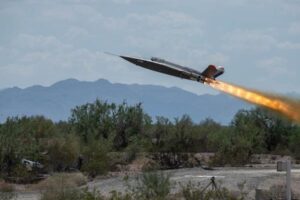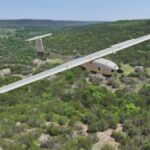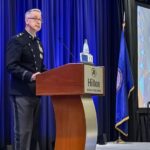
Kratos [KTOS] said on Nov. 3 that it recently flew a production XQ-58A Valkyrie aircraft at Yuma Proving Ground, Ariz. for the Block 2 Valkyrie maturation program. The test flight "proved XQ-58A’s extended capabilities by flying longer, higher, at a heavier mission weight, and at a longer range than the platform has previously been approved for (based on prior government range limitations) and demonstrated," Kratos said. "This flight test was a key milestone in Kratos’ support of AFRL’s [Air Force…














